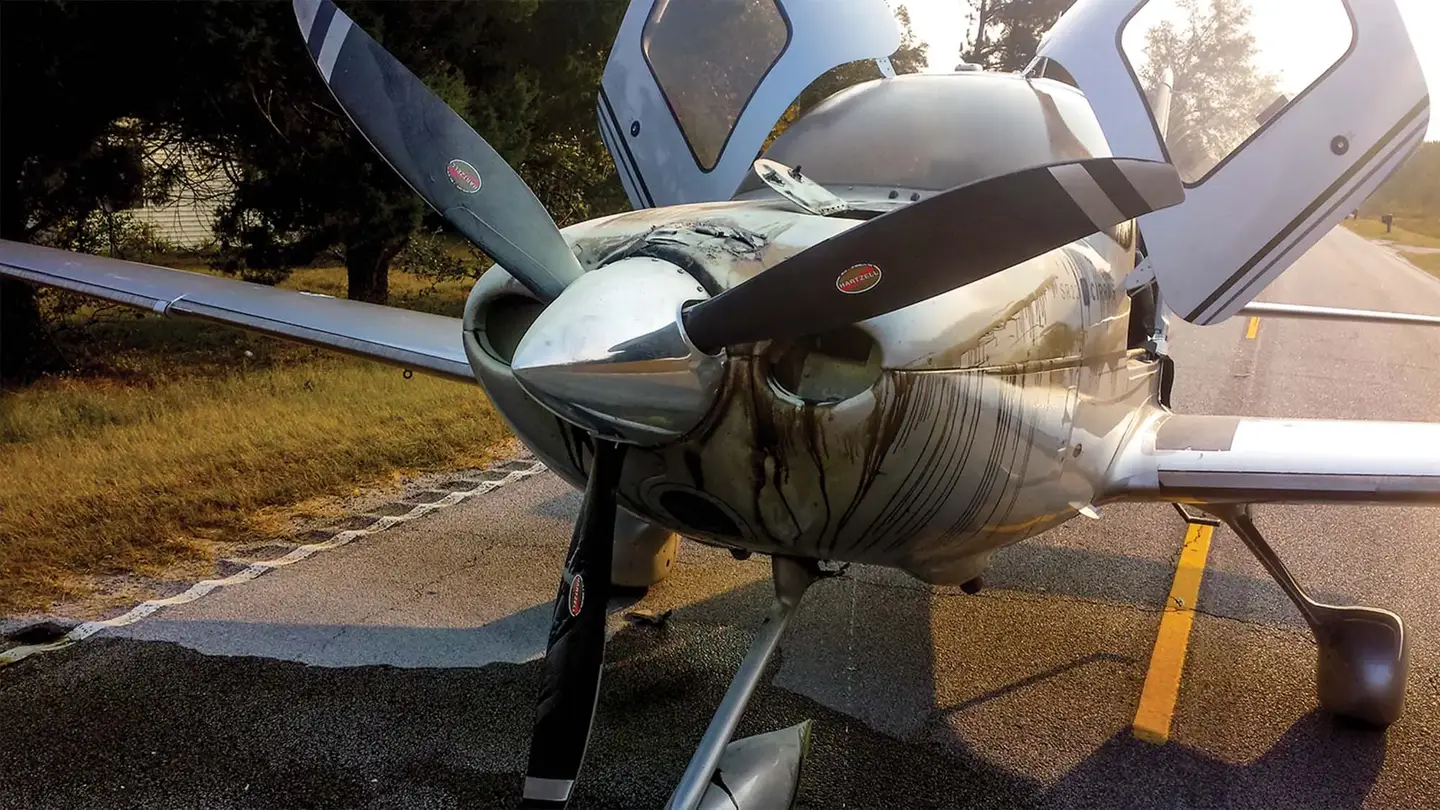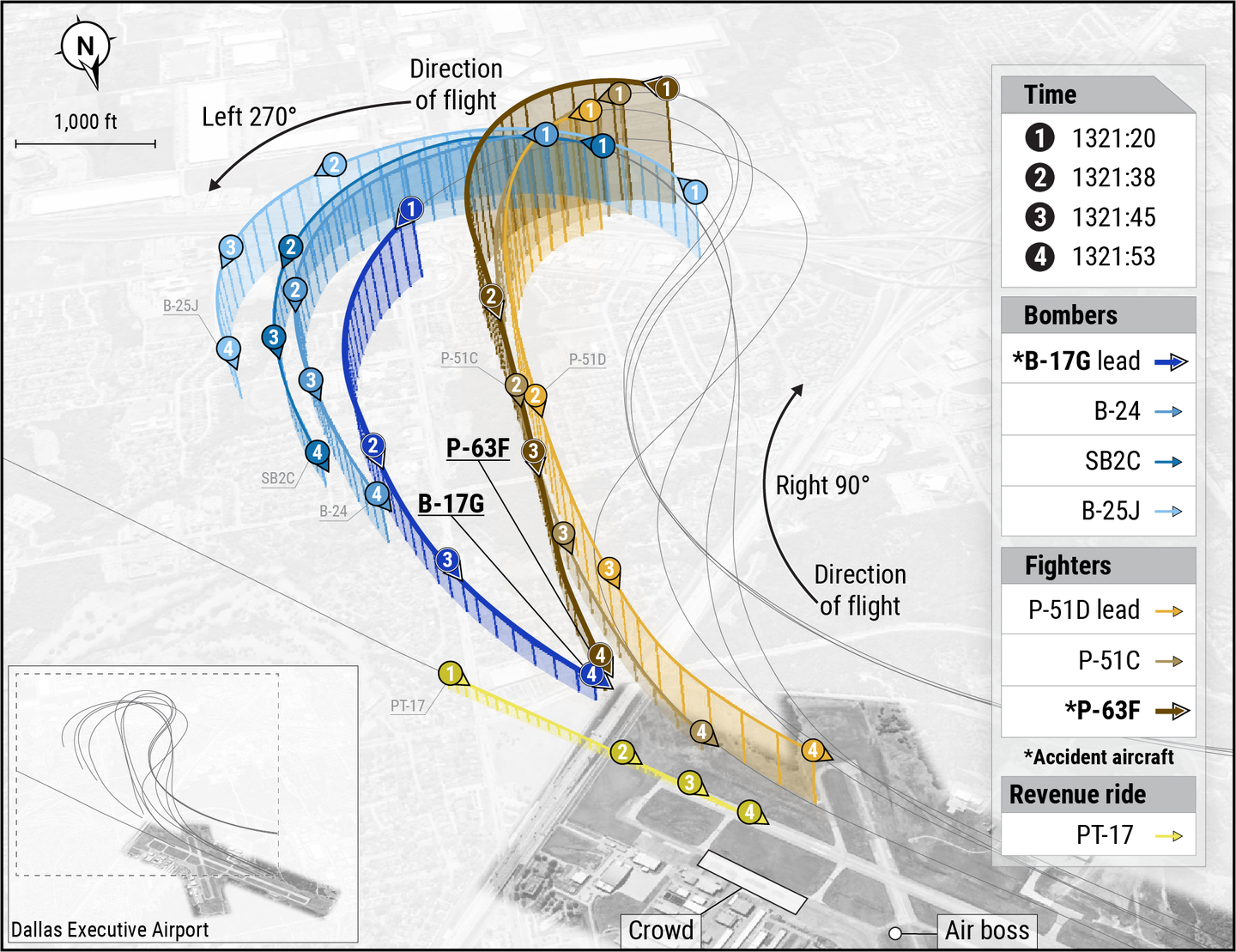General Aviation Accident Bulletin
AVweb’s General Aviation Accident Bulletin is taken from the pages of our sister publication, Aviation Safety magazine. All the reports listed here are preliminary and include only initial factual findings…

Aviation Safety Accident Bulletin
AVweb's General Aviation Accident Bulletin is taken from the pages of our sister publication, Aviation Safety magazine. All the reports listed here are preliminary and include only initial factual findings about crashes. You can learn more about the final probable cause on the NTSB's website at www.ntsb.gov. Final reports appear about a year after the accident, although some take longer. Find out more about Aviation Safety at www.aviationsafetymagazine.com.
July 13, 2020, Fort Lauderdale, Fla.
Cessna 172S/Britten Norman Islander
At about 1146 Eastern time, the two airplanes were substantially damaged in a ground collision. The solo pilots aboard them were not injured. The Islander was operating as a Part 135 air taxi flight.
According to the FAA, the pilot of the Cessna was taxiing on taxiway Charlie to Runway 27 for departure. The pilot of the Britten Norman was taxiing on taxiway Echo and was turning left onto taxiway Charlie for a Runway 27 departure. As the two airplanes reached the intersection, the Cessna’s left wing contacted the right wing and engine of the Britten Norman. Both pilots reported that they did not observe the other airplane prior to the collision.
July 15, 2020, Vaughn, N.M.
Piper PA-30 Twin Comanche
The airplane was substantially damaged at 1115 Mountain time during an off-airport landing following an engine failure. The pilot and passenger were not injured. Visual conditions prevailed.
The pilot topped off the fuel tanks to full capacity (90 gallons) the day before the accident. About 03+15 into the flight, while in cruise at 8500 feet msl, the right engine surged twice and stopped producing power. The airplane was unable to maintain altitude and there were no airports close. The airplane touched down on desert terrain at about 6300 feet msl and its right wing collided with a fence during the landing roll. The pilot reported the airplane’s single engine service ceiling at gross weight was 5800 feet msl and that the airplane burned fuel at about 17 gph.
July 17, 2020, Glenwood Springs, Colo.
Cessna 305A Bird Dog
Due to traffic, the airline transport pilot elected to use the paved runway instead of the adjacent 800-foot-long grass landing area. He subsequently lost directional control during the landing and the airplane exited the paved surface. A “juggle” of the pilot’s feet on the rudder pedals occurred during the excursion, which resulted in “overbraking” and the airplane subsequently nosed over, sustaining substantial fuselage and empennage damage. The pilot and passenger were uninjured. The pilot’s safety recommendation was, “Never underestimate a tailwheel airplane!”
July 20, 2020, Pottstown, Penn.
Cessna 182A Skylane
At about 2129 Eastern time, the airplane was substantially damaged when it sustained a power loss and was landed on a highway. The pilot, pilot-rated passenger and passenger were not injured. Visual conditions prevailed.
According to the NTSB, the accident pilot gave FAA and NTSB investigators two versions of the events leading up to the accident. The versions differed in details regarding fuel purchased on a multileg flight and the eventual engine power loss. What is clear is that the airplane landed on a highway, striking two automobiles. Neither vehicle occupant was injured.
The airplane operator’s chief pilot “advised the FAA that when he was on-scene during the wing removal, that 5 to 6 total gallons of fuel was removed from the left wing fuel tank, and that the right wing fuel tank was empty.” Once the airplane was removed to a maintenance facility, no anomalies were found with the engine, which was started and operated to more than 2400 rpm.
Subsequently, the chief pilot stated to the NTSB that when he asked the accident pilot why he didn’t top off the tanks, he mentioned how expensive fuel was at the airplane’s departure airport “but moments later told him he made the wrong decision and should have topped the tanks.”
July 24, 2020, Salinas, P.R.
Cessna 177RG Cardinal RG
The airplane was substantially damaged at about 1002 Atlantic time when it suffered a power loss and was landed off-airport. The private pilot and the flight instructor were not injured. Visual conditions prevailed.
The flight departed with full fuel tanks. After air work and three landings, the airplane was cruising at low altitude when the pilot noticed a gradual power loss. Remedial actions did not restore power and the pilot performed an off-airport landing. About 21 gallons of fuel were drained from the left fuel tank but the right tank contained only residual fuel. The fuel injector screen was almost completely blocked with ferrous material. Disassembly of the engine-driven fuel pump revealed significant corrosion.
July 25, 2020, West Jordan, Utah
Piper PA-32R-300 Cherokee Lance
At about 1345 Mountain time, the airplane was substantially damaged when it impacted terrain shortly after takeoff. The pilot, two passengers and one person on the ground received fatal injuries; two passengers received serious injuries; one passenger received minor injuries.
Security video showed the accident airplane becoming airborne about 3700 feet after beginning its takeoff roll. Multiple witnesses observed the airplane at a very low altitude, and banking or “teetering” before it descended to the ground. Numerous first responders reported hearing a loud explosion followed by observing a house, garage and the airplane wreckage engulfed in flames.
This article originally appeared in the October 2020 issue of Aviation Safety magazine.
For more great content like this, subscribe to Aviation Safety!






